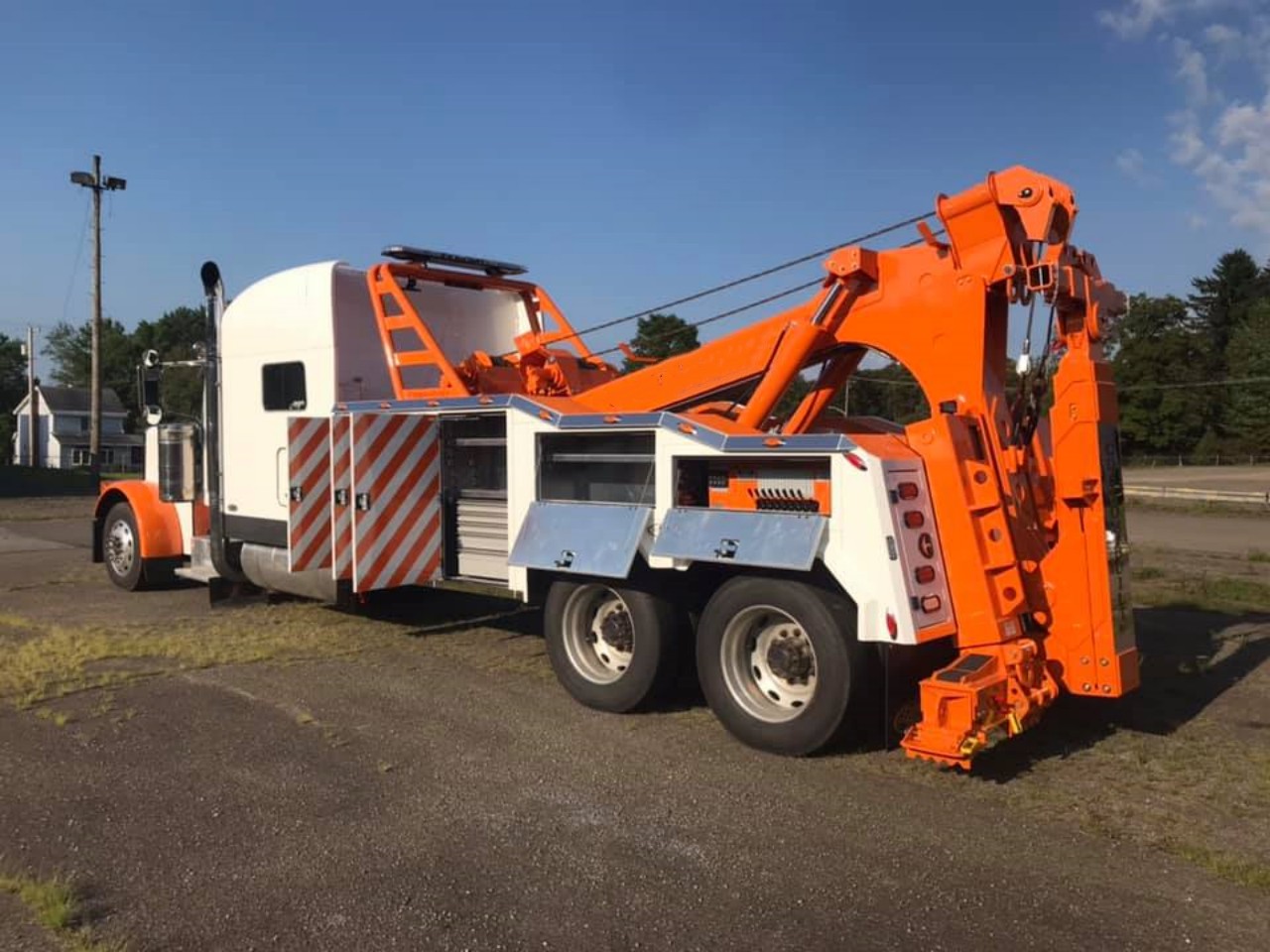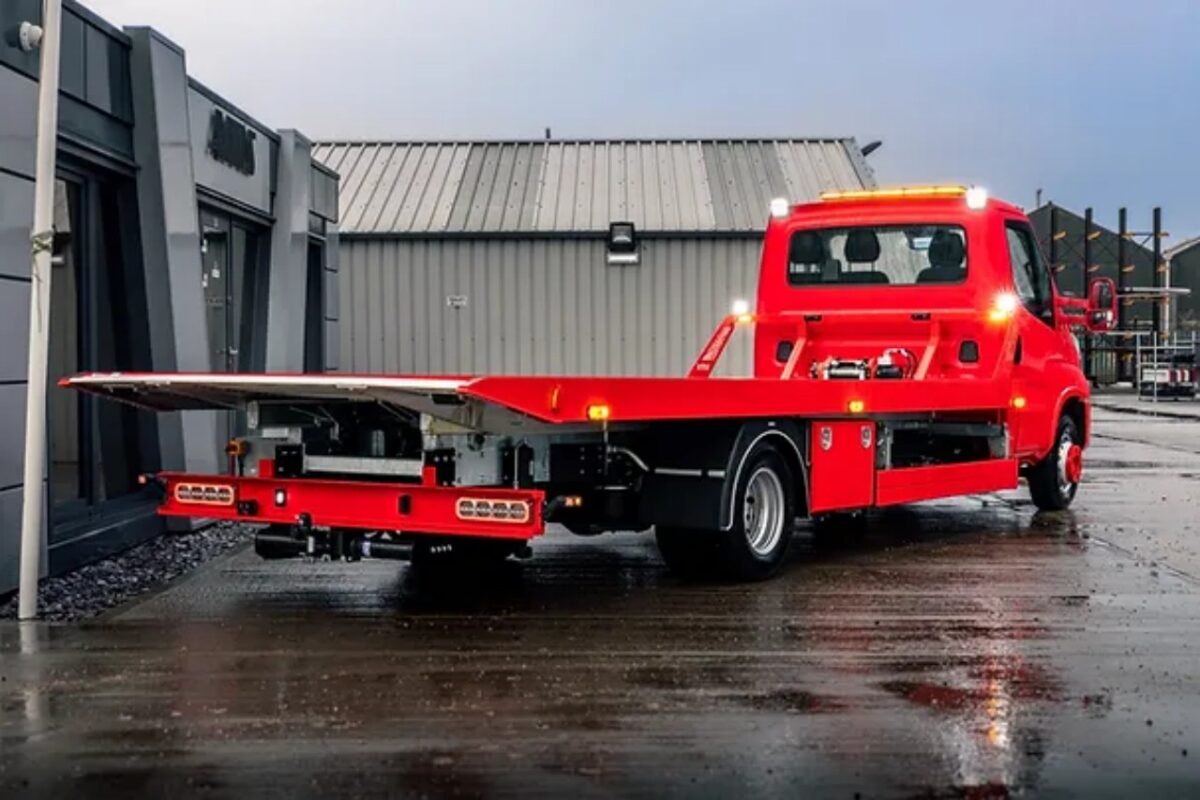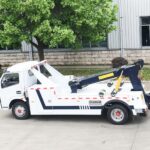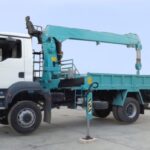Introduction:
Vehicle breakdowns can be stressful and inconvenient, but with the help of a reliable recovery truck, the process of getting your vehicle back on the road can be made much easier. Whether you are a professional recovery operator or an individual who occasionally needs assistance, understanding how to perform efficient vehicle recovery with a recovery truck is essential. In this article, we will explore the key steps and best practices involved in recovering a vehicle using a recovery truck effectively.
1. Assess the Situation:
Before initiating the recovery process, it is crucial to assess the situation carefully. Determine the type of breakdown, the condition of the vehicle, and any potential hazards that may affect the recovery. This assessment will help you plan the recovery operation more effectively, ensuring the safety of both the recovery team and the vehicle being recovered.
2. Ensure Safety Measures:
Safety should always be the top priority during a vehicle recovery operation. Make sure to establish a safe work zone by setting up warning signs, cones, and reflective triangles to alert other road users. Use appropriate personal protective equipment (PPE) such as high-visibility vests and gloves to protect yourself and your team members. Additionally, consider using safety barriers or traffic control devices if necessary to minimize the risk of accidents.
3. Choose the Right Recovery Truck:
Selecting the appropriate recovery truck for the job is crucial. Recovery trucks come in various sizes and configurations, including flatbeds, wheel lifts, and heavy-duty wreckers. Evaluate the size and weight of the vehicle being recovered to determine the right type of truck. Ensure that the recovery truck is well-maintained and equipped with the necessary tools and accessories to handle different types of breakdowns effectively.
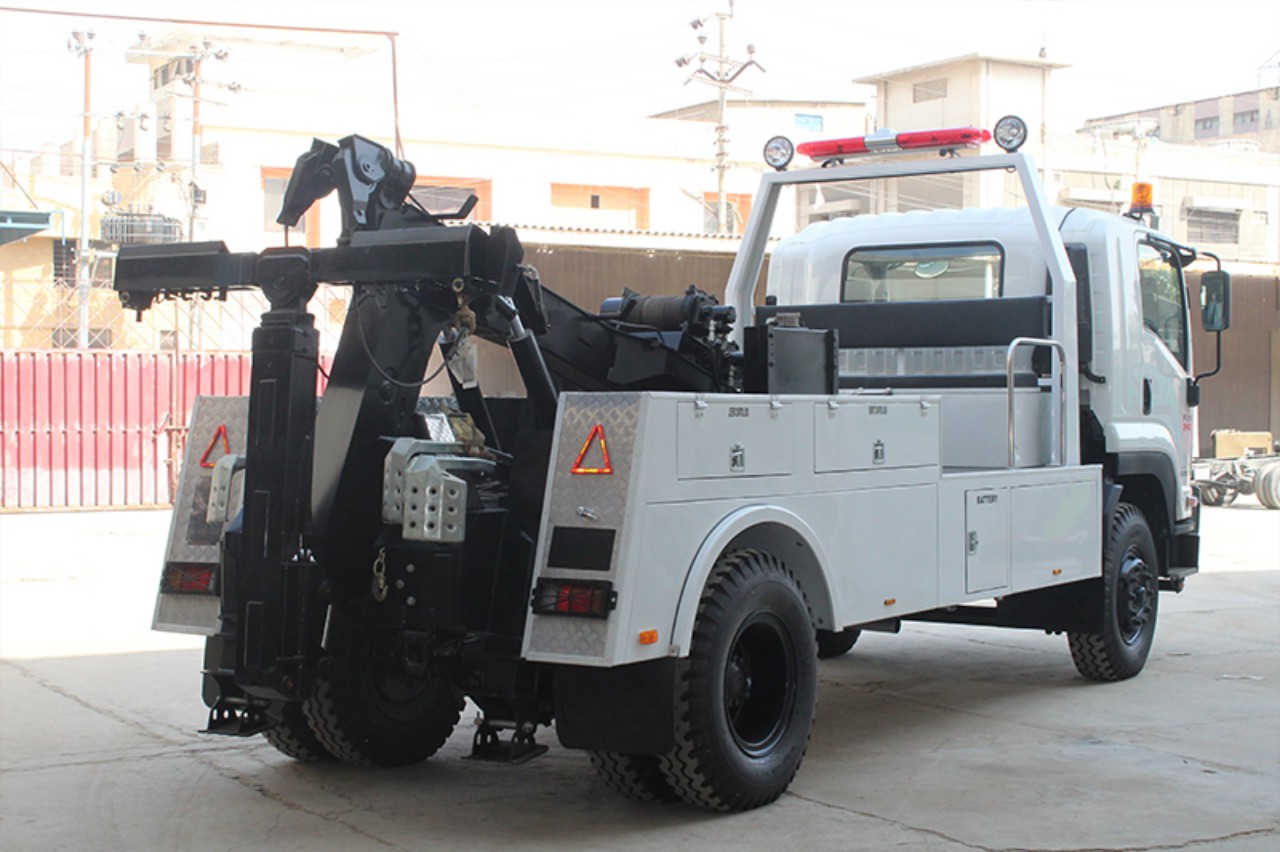
4. Use Proper Equipment:
Having the right equipment is essential for efficient vehicle recovery. Some common tools and accessories needed include winches, straps, chains, wheel dollies, and jump-start kits. These items allow you to securely attach and tow the vehicle without causing any further damage. Ensure that all equipment is in good working condition and inspected for any signs of wear or damage regularly.
5. Securely Attach the Vehicle:
Properly securing the vehicle to the recovery truck is vital to ensure a safe and successful recovery operation. Use appropriate straps, chains, or hooks to secure the vehicle’s wheels or frame securely. Ensure that the attachments are tight and properly positioned to prevent any movement or damage during transportation.
6. Lift and Load the Vehicle:
If using a flatbed recovery truck, carefully lift and load the vehicle onto the bed. Use hydraulic mechanisms or winches to control the lifting process smoothly. Make sure that the vehicle is centered and balanced on the truck to avoid any instability during transportation. If using a wheel lift or wrecker, position the towing mechanism under the vehicle and secure it according to the manufacturer’s instructions.
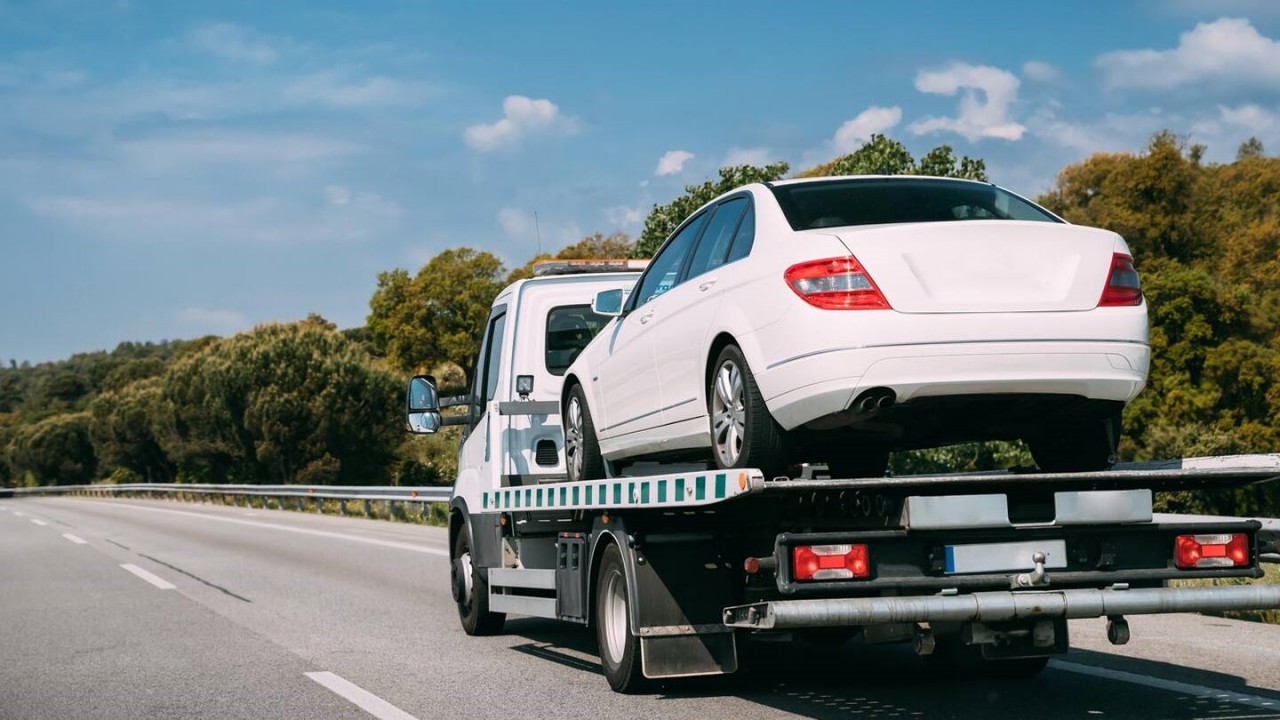
7. Operate the Recovery Truck Safely:
Operating a recovery truck requires skill and caution. Familiarize yourself with the controls and features of the truck before starting the recovery operation. Pay close attention to weight limits, braking distances, and any other operational considerations specified by the manufacturer. Drive at a safe speed, maintain a safe distance from other vehicles, and use appropriate signals to alert other road users of your intentions.
8. Transport the Vehicle to the Desired Location:
Once the vehicle is securely loaded onto the recovery truck, transport it to the desired location. This could be a repair shop, a garage, or any other location specified by the vehicle owner. Ensure that the vehicle remains stable and well-secured during transportation to avoid any damage or accidents.
9. Unload the Vehicle Safely:
When you reach the destination, unload the vehicle carefully and safely. Use the appropriate equipment to lower the vehicle from the recovery truck, ensuring that it lands securely on the ground. Double-check all attachments to make sure they are properly released and remove any equipment used during the recovery process.
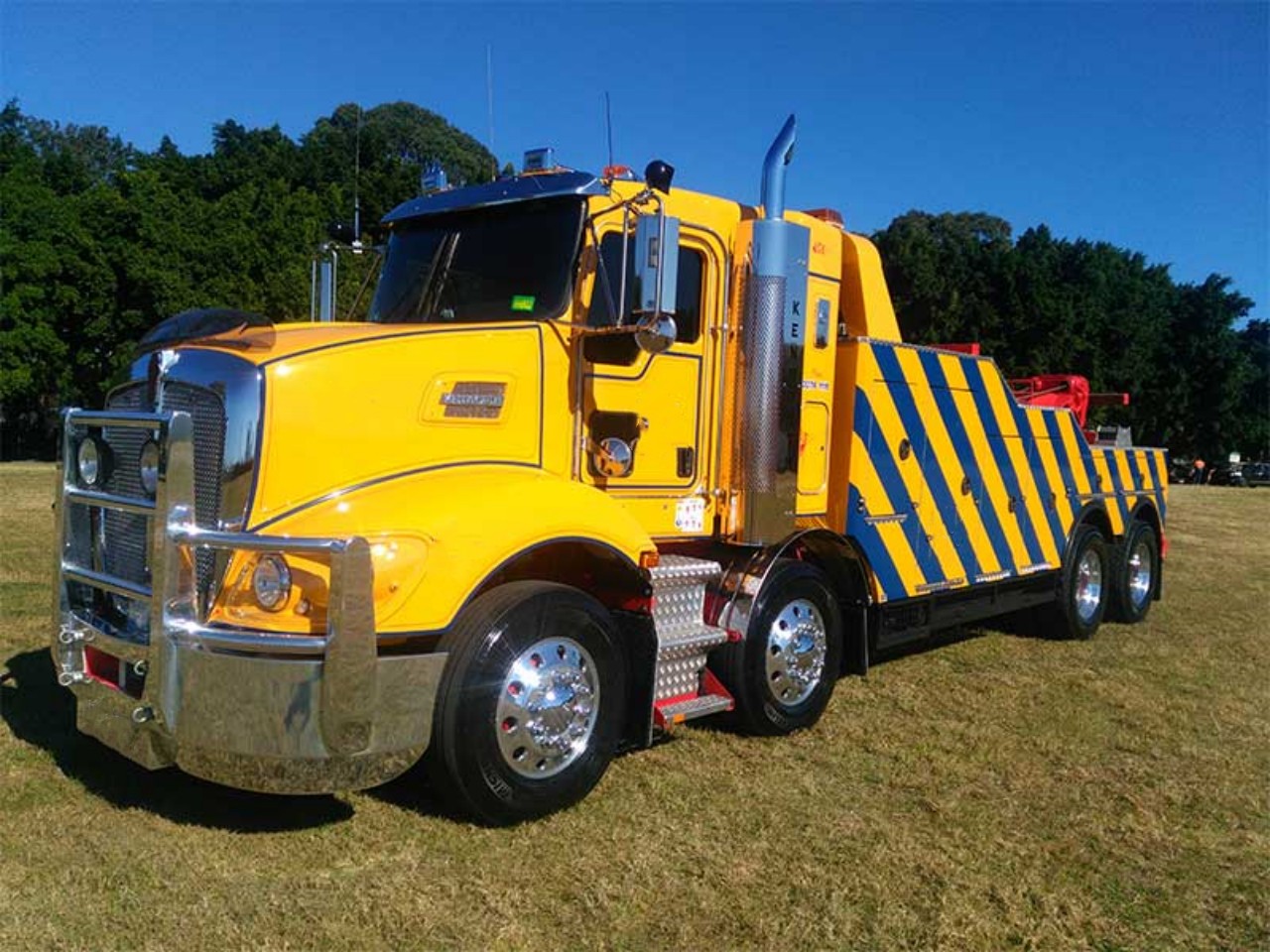
10. Provide Aftercare:
After the vehicle has been unloaded, provide any necessary aftercare to the vehicle owner. This may include offering information about repair services, providing contact details for mechanics, or assisting with any paperwork related to insurance claims. Show empathy and understanding towards the vehicle owner’s situation, and offer any additional assistance they may require.
11. Maintain and Upgrade Your Recovery Truck:
Regular maintenance and upgrades of your recovery truck are essential to ensure its reliability and efficiency. Schedule routine inspections and servicing to identify and address any potential issues. Consider upgrading your equipment or investing in new technologies that can improve the efficiency and safety of your recovery operations.
12. Continuous Training and Improvement:
As with any skill, continuous training and improvement are crucial for performing efficient vehicle recovery. Stay updated with the latest techniques, equipment, and industry standards through training programs and workshops. Participate in networking events and engage with other professionals in the field to exchange knowledge and experiences. By staying informed and constantly improving your skills, you can provide a better service to your clients and enhance your reputation as a reliable recovery operator.
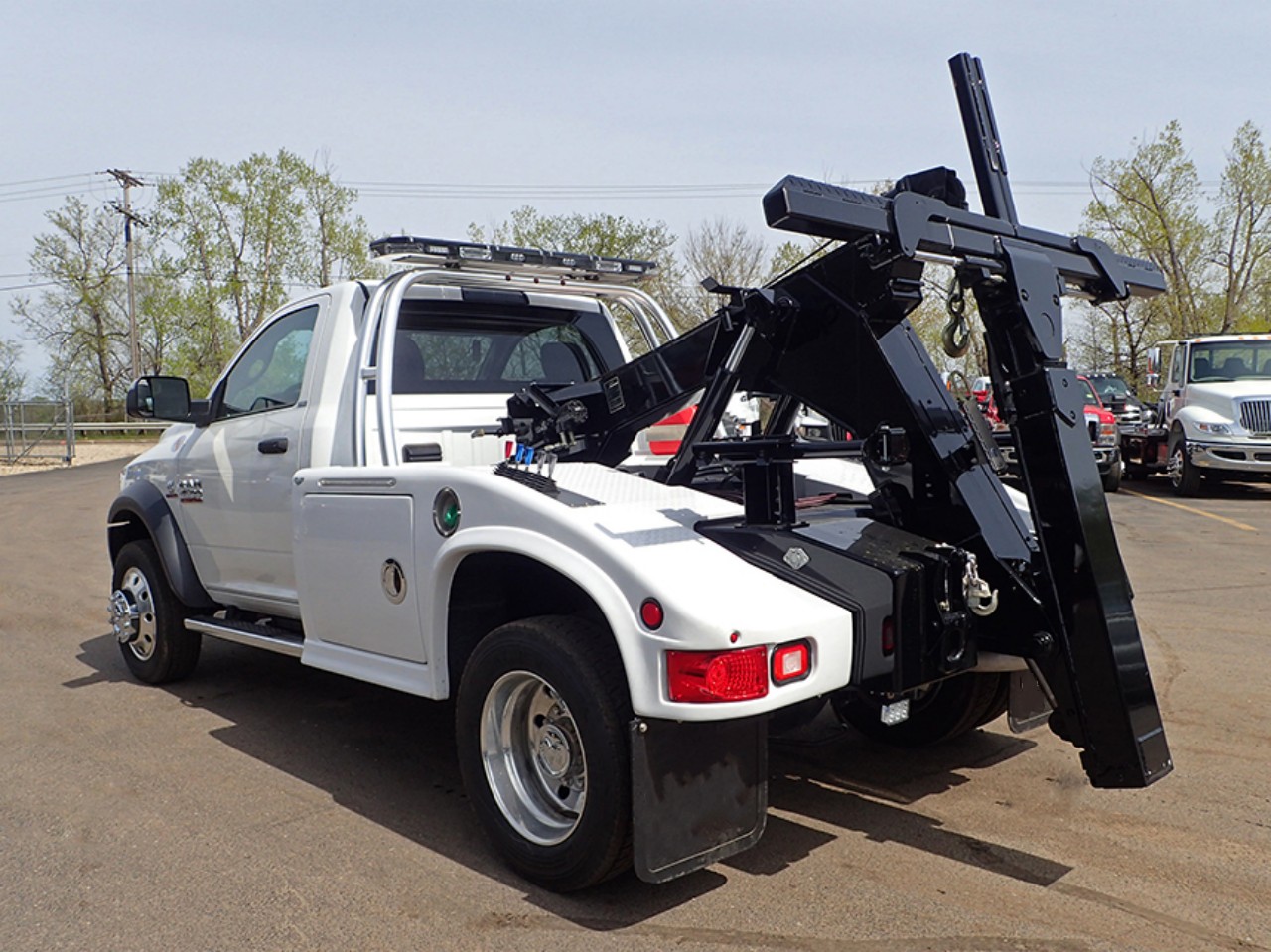
Conclusion:
Performing efficient vehicle recovery with a recovery truck requires careful planning, adherence to safety measures, and the use of appropriate equipment. By assessing the situation, ensuring safety measures, choosing the right recovery truck, using proper equipment, securely attaching the vehicle, operating the recovery truck safely, transporting the vehicle to the desired location, unloading it safely, providing aftercare, maintaining and upgrading your recovery truck, and continuously training and improving your skills, you can optimize the vehicle recovery process.
Efficient vehicle recovery not only helps individuals in distress but also contributes to the overall functioning of transportation systems by minimizing traffic disruptions caused by breakdowns. Whether you are a professional recovery operator or an individual in need of assistance, following these guidelines will ensure a smoother and more effective vehicle recovery experience.
